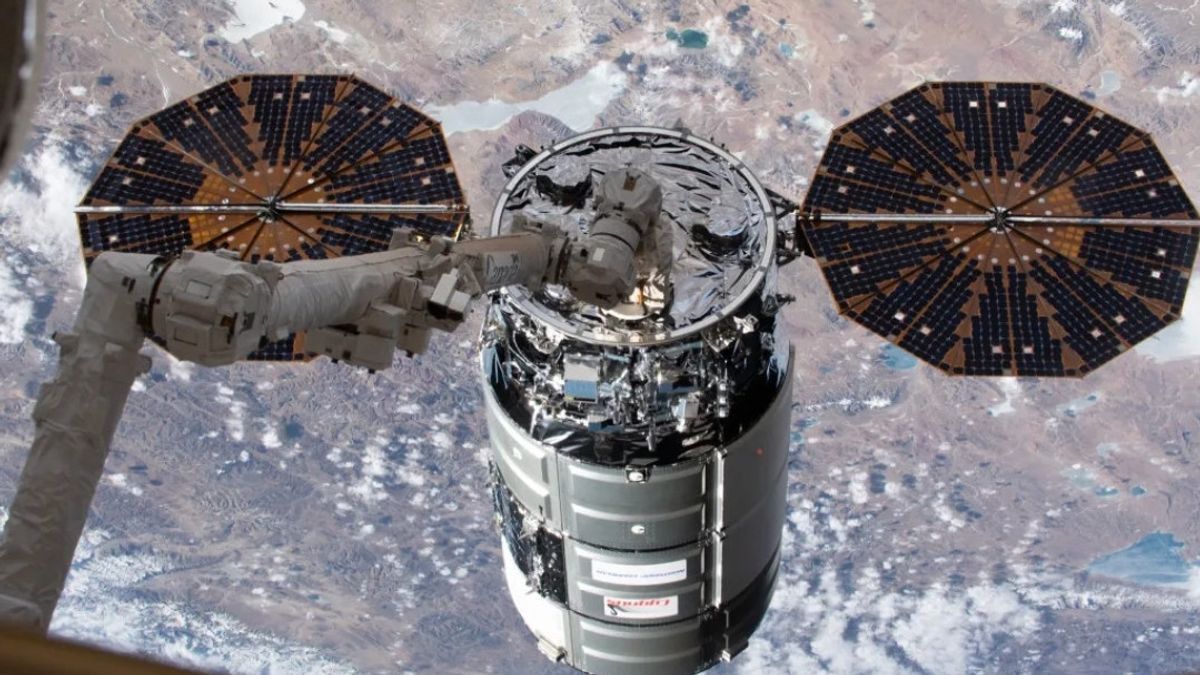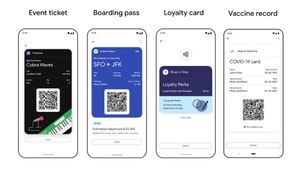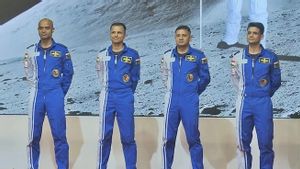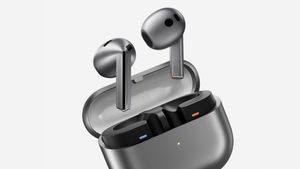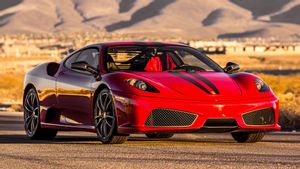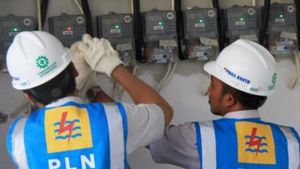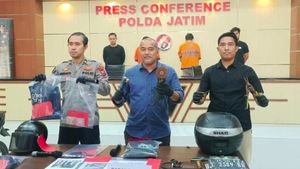JAKARTA The Cygnus spacecraft belonging to Northrop Grumman was launched to the International Space Station (ISS) on August 4. The aircraft was accompanied by SpaceX's Falcon 9 rocket. The launch was carried out at the Space Launch Complex 40, Cape Canaveral at around 11.02 local time. Initially, the launch went smoothly as Falcon 9 managed to push Cygnus into the Low Earth Orbit (LEO). The top stage of the Falcon 9 rocket has also been separated from the spacecraft. However, hours after the separation was carried out, NASA and Northrop did not provide the latest information regarding the launch of Cygnus. Apparently, this spacecraft had not done an initial burning to raise the orbital position. Six hours after takeoff, NASA confirmed that Cygnus failed to maneuver as it was late to enter the ignition sequence. NASA and Northrop had rescheduled the ignition process, but the reburning failed due to conditions of initial pressure on the machine being too low. Although the burning continued to fail, Cygnus was in a safe position.
SEE ALSO:
"Cygnus is at a safe altitude and finalizing the deployment of two of its solar arrays at 2:21 p.m.," NASA said. "Softrop Grumman technicians are working on plans for a new arson and trajectory." The latest combustion schedule will encourage Cygnus to arrive at the ISS on August 6. Hopefully, Cygnus could be caught by the ISS' robotic arm and paired with the laboratory body so astronauts can pick up the payloads carried. Cygnus went to the ISS to deliver 3,857 kilograms of cargo containing 1,560 kilograms of vehicle hardware, 1,220 kilograms of science investigation, and 1,021 kilograms of crew equipment. This entire payload will support scientific research on the ISS.
The English, Chinese, Japanese, Arabic, and French versions are automatically generated by the AI. So there may still be inaccuracies in translating, please always see Indonesian as our main language. (system supported by DigitalSiber.id)
